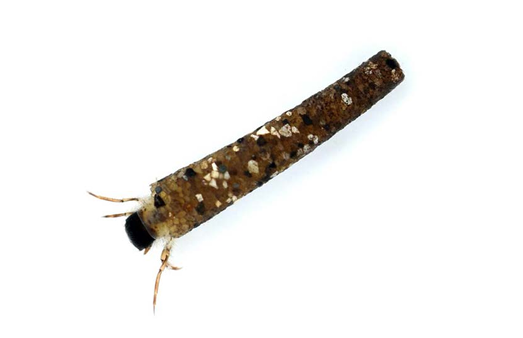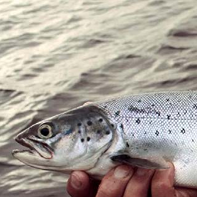Avoca Catchment
Mountains, valleys, woods and rushing rivers represent the Avoca catchment in the popular imagination, perhaps best expressed in Tom Moore’s “Meeting of the Waters” in the Vale of Avoca:
“There is not in this wide world a valley so sweet
As that vale in whose bosom the bright waters meet
Oh the last rays of feeling and life must depart
Ere the bloom of that valley shall fade from my heart”
Junction of the Avonmore and Glenmacnass Rivers
Photo courtesy of Tom Harrington
The Avoca and its tributaries are a river system that has only one exit to the sea and drains a defined area of land known as its catchment or watershed.
With an area of 670 sq. km, the Avoca catchment is the largest river system in County Wicklow, draining most of the eastern area of the Wicklow Mountains. It is also one of the most spectacular and natural river systems in the whole country, despite paradoxically being subjected to pressures in the past that still exist, with some additional modern pressures.
The headwater stream that is furthest from the sea (42 km as the crow flies) is the Cloghoge River, which rises on the south slopes of Tonduff Mountain, to the south of the Sally Gap, flowing through Lough Tay and then Lough Dan, which also receives the Inchavore River draining the heavily forested Inchavore valley.
The waters then continue south from Lough Dan as the Avonmore River. At Laragh the Avonmore is joined by the Glenmacnass River which drains Lough Ouler, and by the Glendasan and Glenealo Rivers which drain Lough Nahanagan and the Glendalough Lakes. The Turlough Hill pumped storage hydroelectric generating station is situated on the headwaters of the Glendasan River.
The Avonmore continues south through through a wooded valley to Rathdrum and Avondale Forest Park and then to its confluence at the Meeting of the Waters where the Avonbeg River joins. Now called the Avoca River, it continues past its namesake town of Avoca to Woodenbridge, where the Aughrim River flows in. This tributary is the combined outflow from the Ow River and Derry Water.
Downstream of Woodenbridge, the Avoca River flows through a flat-floored, steeply-sided valley before becoming tidal just upstream of Arklow Town, through which it flows before it makes it way to the sea via Arklow Harbour.
The total channel length of the Avoca and its three main tributaries is approximately 679 km. There is a significant rainfall gradient from west to east across the Avoca catchment; annual rainfall ranges from greater than 2,000 mm per year in the mountains to only half that on the coast. The rivers for the most part are rocky, fast-flowing ‘spate’ rivers that can rise and fall very quickly with rainfall.
Unlike so many other Irish rivers that have been radically altered by arterial drainage, the rivers that make up the Avoca system retain their original and often turbulent courses, and in many places, their natural riverside woodland habitats.
Old native broadleaf woodland is more abundant here than anywhere else in Ireland, and the catchment contains a mixture of lowland, upland and mountain habitats that is the most diverse in the country. Their importance to the conservation of biodiversity in Ireland was recognised by their inclusion within the boundaries of Wicklow Mountains National Park (WMNP), established in 1991.
The woodlands, uplands and mountains and valleys of the catchment have long attracted walkers and outdoor enthusiasts. The Wicklow Way, first proposed by hill-walking enthusiast JB Malone in 1966, was the first way-marked trail to be developed in Ireland and crosses much of the upland Avoca catchment. Monastic heritage sites and mining heritage sites in the valleys also attract large numbers of visitors.









